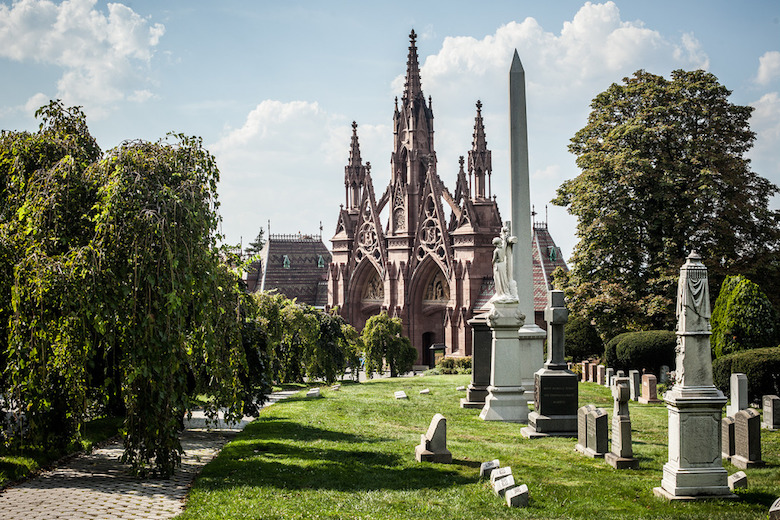
Editor’s note: The following is a companion piece to the recent review we wrote of Dead Distillers: A History of the Upstarts and Outlaws Who Made American Spirits. You can read our full take here, and be sure to keep an eye out for this map in our upcoming travel issue.
Kings County Distillery has now been around for six years, making it New York City’s oldest operating distillery. That’s not a very long time, certainly in the realm of whiskey: Jim Beam was introduced in 1795. Four Roses in 1888. Pappy Van Winkle in 1893. But Kings County has resurrected a rich tradition of small-batch distillers in the city that Prohibition killed almost 100 years ago. “People think of distilling as this rural thing, but in fact, historically, before the Civil War and even before Prohibition, it was very much an urban phenomenon,” co-founder Colin Spoelman tells me on an afternoon tour. “Distilling was a really critical, important business in developing Brooklyn and developing New York City.”
Spoelman, along with co-founder David Haskell, are doing some further resurrection work in their latest book, Dead Distillers: A History of the Upstarts and Outlaws Who Made American Spirits. It’s part series of small biographies, part philosophical take that dares us to look at drinking through a wider historical lens. It’s rich with historical photos, infographics, walking-tour maps and old newspaper clippings.
“We were one of the first craft distilleries to open in Brooklyn,” Spoelman says. “Now there are something like twenty.” It would seem like they started a trend, but they’ve really just brought the city back to those pre-Prohibition roots. As he writes in the book’s introduction, “In the 1840s, New York made as much as 25 percent of the distilled spirits consumed in the country.” That’s a huge portion of a craft popularly associated with those big manufacturers who are based in Kentucky.
Spoelman and Haskell became interested in these dead distillers of yore when they did a combination distiller grave tour and whiskey tasting in partnership with the Green-Wood Cemetery. Distillers and players in the Brooklyn Whiskey Wars are buried there, making it a destination for those interested in the city’s pre-Prohibition spirits culture. In this map, from the book, all the notable graves are marked for an easy, self-guided tour.
The distillery now has a bar open in the gatehouse to the Navy Yard, so you can go have a swig of their urban moonshine or taste it an Old-Fashioned, as well as have a bite to eat from Vinegar Hill House, once you’re done on the tour—it’s a perfect place for drinking the city’s present after taking in its past.



